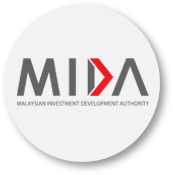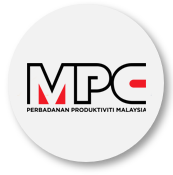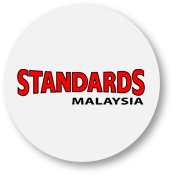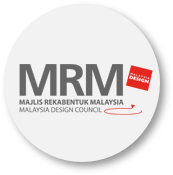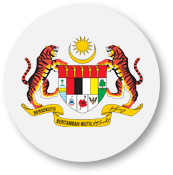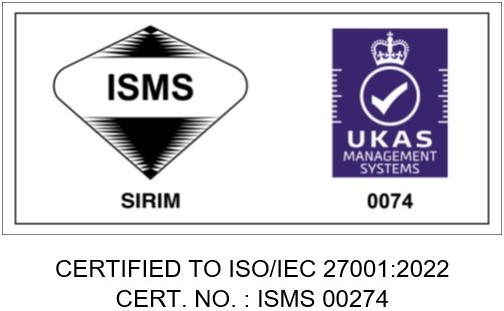1. What is dumping?
Dumping occurs when the "export price" of the product in Malaysia is less than the "normal value" of the same or "like product" in the domestic market in the country of export or origin.
In other words, dumping is an international price discrimination whereby a company charges more in its home market than in the export market.
2. What is "export price"?
3. What is "subject merchandise"?
4. What is "like product"?
5. What is "normal value"?
Normal value is the price paid in the ordinary course of trade in the domestic market of the country of export. Sales used to ascertain normal value must be profitable and unaffected by any relationship between buyer and seller.
Nonetheless, where there are no sales in the domestic market of the exporting country or when such sales do not permit a proper comparison, normal value may be ascertained based upon:
- sales by the manufacturer/exporter to a customer in an appropriate third country; or
- the cost of production plus a reasonable amount for administrative, selling and general costs and profit. All the costs and profit normally calculated based on the actual data incurred by the manufacturer/exporter in the country of origin/export.
6. What is "dumping margin" and "anti-dumping duty"?
Dumping margin is the difference between the normal value and the export price. Anti-dumping duty usually is based on the dumping margin calculated. The equation is shown below :
DUMPING MARGIN (DM) = NORMAL VALUE (NV) - EXPORT PRICE (EP)
or
{as percentage (%) of export price}
DM = NV - EP x 100%
--------
EP
7. What is Subsidy and Countervailing Duty?
8. What is "material injury"?
9. Price Effect - what does it mean?
10. Volume effect - what does it mean?
11. Profitability effect - what does it mean?
The effect of reduced profit which may result from downward pressure on prices, reduction in sales volume or the inability to absorb the increase in costs.
12. What action may be taken?
13. How will this affect importers and manufacturers and exporters?
In advising importers and foreign manufacturers and exporters of the initiation of an investigation, the Investigating Authority will also distribute a set of questio nnaires to acquire information such as export and import transactions. This information is required to be submitted within a certain period of time, usually within 30 days of the initiation notice. The Investigating Authority may then visit the premises of the importers and manufacturers and exporters to verify the information provided in response to the questionnaires.
Investigations involving the foreign manufacturers and exporters are concerned with assessing normal value and establishing whether dumping or subsidisation exists, whereas investigations involving the importers are aimed at determining the export price and whether all costs are recovered in the sale of the imported products in the Malaysian market.
14. Who can submit an anti-dumping or a countervailing petition?
When a Malaysian domestic industry is of the view that there is evidence of subsidy and/or dumping and that the subsidy and/or dumping is causing injury, a written petition may be submitted to commence the process of a countervailing and/or an anti-dumping action to the Investigating Authority of MITI. It must be noted that mere assertions, unsubstantiated by relevant evidence, cannot be considered sufficient to meet the requirements of a properly documented petition.
Under the Malays ian legislation, a written petition must be filed by or on behalf of the domestic industry and should contain sufficient evidence of dumping (or in the case of a countervailing action, evidence of subsidized imports), injury and a causal relationship betwe en the dumped (or subsidized) imports and the alleged injury.
In this context the petitioner must show that the petition is supported by the domestic producers whose collective output/production constitutes more than 50% of the total production of the domestic producers expressing either support or opposition to the petition and the domestic producers expressing support to the petition amount to 25% of the total production of the domestic industry.
15. What should be included in a written petition?
A written petition must provide information and sufficient supporting evidence of the following:
-
the identity of the petitioner, its production volume and value
-
the identity of other domestic producers of the like product in Malaysia, their production volume and value
-
the 50% and 25% rule mentioned and whether the petition is made by or on behalf of the domestic industry
-
a complete description of the alleged dumped import such as its physical & technical characteristics, usage & functions, manufacturing metho ds & technology, industry specifications, pricing, distribution & marketing and tariff classification
-
the name of the alleged country, that is, the exporting country or country of origin
-
the identity of each known foreign producer or exporter of the dump ed or subsidised imports
-
the identity of the importers of the dumped or subsidised imports· estimate the normal value, export price and dumping margin or amount of subsidy
-
the evidence of injury suffered by the domestic industry and demonstrate how the d umped or subsidised imports have caused, or are likely to cause material injury or retard the establishment of such industry.
-
analysis on the evolution of imports volume of the subject merchandise. In this context indicate whether there had been a signifi cant increase in dumped or subsidised imports either in absolute terms or relative to production or consumption in Malaysia.
-
analysis on the effect of the dumped or subsidised imports on prices of the like products in the Malaysian market , that is wheth er there has been significant price undercutting, price depression or price suppression
-
analysis on the consequent impact of the dumped or subsidised imports on the domestic industry, that is, whether the domestic industry is suffering from the actual or potential decline in sales, market share, profit, output, productivity, return on investment or utilization of capacity and whether the domestic industry is suffering from the actual or potential negative effects on cash flow, inventories, employment or wages.
-
Last Updated 2015-10-28 14:01:28 by Azuna Hasbullah atau Abd Rahman







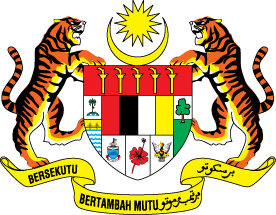





 Home
Home








